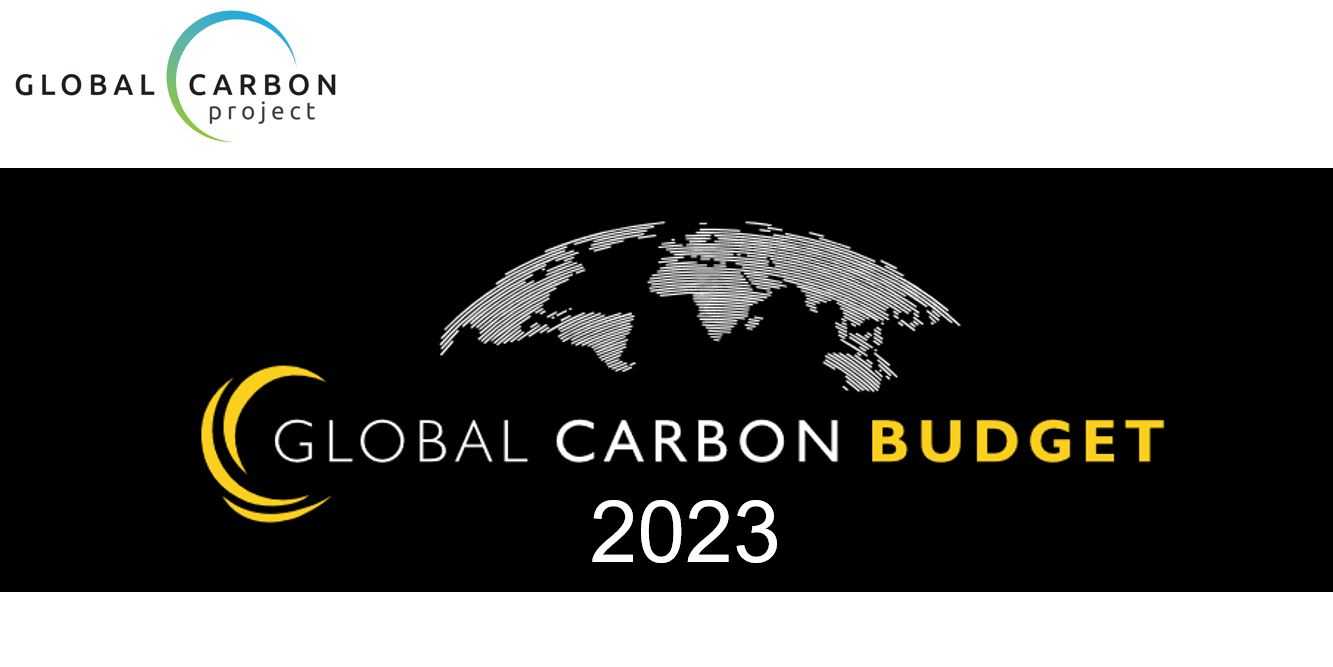Fossil CO2 emissions at record high in 2023
An international research team has presented the global carbon budget for 2022, with a forecast for 2023, at the UN Climate Change Conference in Dubai 2023 (COP28). More than 120 researchers have contributed to this year’s "Global Carbon Project". Also involved are ETH climate scientists Nicolas Gruber and Luke Gregor.

The time remaining to achieve the climate targets of the Paris Agreement is running out. This is shown by the annual assessment of the Global Carbon Project (GCP). According to the report, fossil CO2 emissions are expected to total 36.8 billion tonnes in 2023 and reach a new record level.
Global CO2 emissions far from the required targets
Together with emissions from land use, global CO2 emissions will amount to around 40.9 billion tonnes in 2023. According to the authors, this is a far cry from the significant reductions that would be necessary to achieve the Paris climate targets. Although the estimate of the remaining carbon budget is subject to major uncertainties, it is clear that time is running out fast. "If the current level of CO2 emissions continues, the remaining carbon budget for the 1.5°C Paris target would be used up in about seven years," comments Nicolas Gruber, Professor of Environmental Physics at ETH Zurich, on this result. Still 28% of countries have been able to reduce their CO2 emissions, and global emissions appear to have peaked. "This development is positive, as we are moving in the right direction. But the speed at which we are moving away from fossil fuels is an order of magnitude too small," Gruber continues.

An emerging El Niño signal
For 2023, the researchers estimate that around half of the CO2 emitted will be absorbed by sinks on land and in the ocean. The rest will accumulate in the atmosphere, whose CO2 content will rise to an annual average of around 419 ppm (parts per million).
The El Niño weather phenomenon, which began in mid-2023, probably already has had an impact on the land sink: At 10.4 billion tonnes of CO2, the land sink absorbed less CO2 than in previous years, when it absorbed an average of 12.3 billion tonnes. The scientists suspect that the influence of El Niño on the CO2 sinks on land and in the ocean will continue to increase in the coming months, leading to stronger overall growth in atmospheric CO2 levels in 2024.
The report on the global carbon budget is compiled by an international team of more than 120 scientists. The annual, fully transparent update of the available data also provides an important basis for political decision-making. The report was presented on 5 December at a press conference as part of the 28th UN Climate Change Conference in Dubai. Representatives from over 200 countries are discussing the implementation of the Paris Climate Agreement there.
Further information
- The Global Carbon Project is a global research project of external page Future Earth and a partner of the World Climate Research Programme. Detailed data and figures on the 2023 budget can be found on theexternal page Global Carbon Project website und in the external page Global Carbon Atlas.
- To the scientific paper: Friedlingstein et al.: Global Carbon Budget 2023 (2023), Earth System Science Data. doi: external page 10.5194/essd-15-5301-2023
- Nicolas Gruber has been Professor of Environmental Physics at ETH Zurich since 2006 and has contributed to the Global Carbon Budget with estimates of the size of the ocean carbon sink. Luke Gregor is a postdoc in Nicolas Gruber's group and has estimated the ocean sink on the basis of observations.
